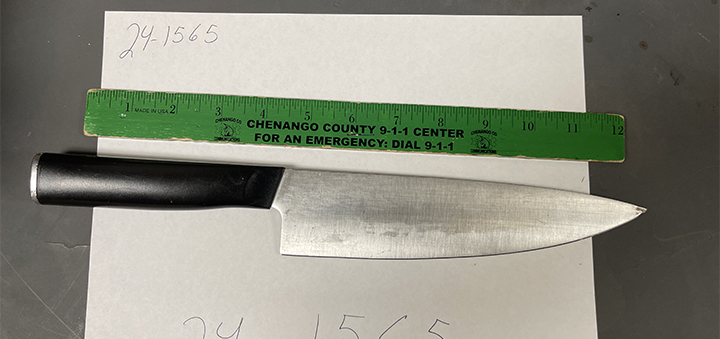Too Safe?
Published:
October 17th, 2013
By:
Shawn Magrath
There's an episode of “The Simpsons” when Homer, inspired by how dangerous the world is for his infant daughter and how expensive baby-proofing a home can be, gets into the baby-proofing business to offer cheap alternatives to make a home more child friendly. He leads other parents in a bizarre charge to make Springfield safer by going to extremes, like covering playground equipment in bubble wrap, pouring jello into swimming pools and nailing sofa cushions to the sharp edges of household furniture.
He eventually backs out of his business because of the unintentional negative consequences it has on pediatricians, falling sales at the baby crutch store, and the closing of Baby Get Well Cards, Inc. (that's the charm of “The Simpsons,” to exacerbate a genuine concern to a point where it just seems stupid).
But as dumb as it all sounds, the reality is that Homer's overprotective baby-proofing strategies aren’t all that far-fetched, given our push for improved child safety over the years. This week, an elementary school in Nashua, New Hampshire, banned playing “tag” from its playground, saying the childhood game violates the districts “no contact” policy and escalates risk of injury. The district cited several other schools across the country that have also banned tag for the same reasons (of course, kids can still play the alternative game, “I'm standing within three feet of you, you're it!”).
Imposing the “no tag” rule is just one more instance to add to a growing list of examples where we are, perhaps, focusing a little too much on child safety. Millions of parents vehemently object to childhood activities like climbing trees and jumping bicycles. And playgrounds all over have been... well, they've been dumbed down in a sense. Gone are the days when wood and metal playgrounds are built on grass (I'm sure most readers remember the old metal slides; 40-and-a-half feet tall with narrow sides and the grizzly sharp edges that bore the resemblance of WWII shrapnel). Today's plastic and rubber playground is brighter, safer and quite honestly, less exciting.
At the risk of sounding cliché, I say kids will be kids. No matter what games they play, there's always going to be the risk of injury. They're going to get the bumps and bruises, banged elbows and scraped knees, pinched fingers and bubble gum hair. And no matter what material a playground is made of, it won't defy the laws of gravity – at least, not yet. Sure, there's not a good parent out there who will disagree with the concept of protecting their child to the best of their ability. But there comes a point when maybe we are becoming too protective and overbearing, and maybe that's causing more harm than good. Some pediatricians argue that kids need some sense of danger to feel more independent. They say overcoming feats like climbing high on a playground or jumping off a swing brings kids some sense of accomplishment. If such dangers are eliminated from playgrounds, they lose some of that badly needed self-satisfaction and independence, and can even become bored playing.
So while it's true that we aren't quite to the Homer Simpson stage of child-proofing everything by covering it in bubble wrap, we may not be too far off. And we should really ask, how safe is too safe?
Follow me on Twitter
... @evesunshawn
Author: Shawn Magrath - More From This Author
Comments






